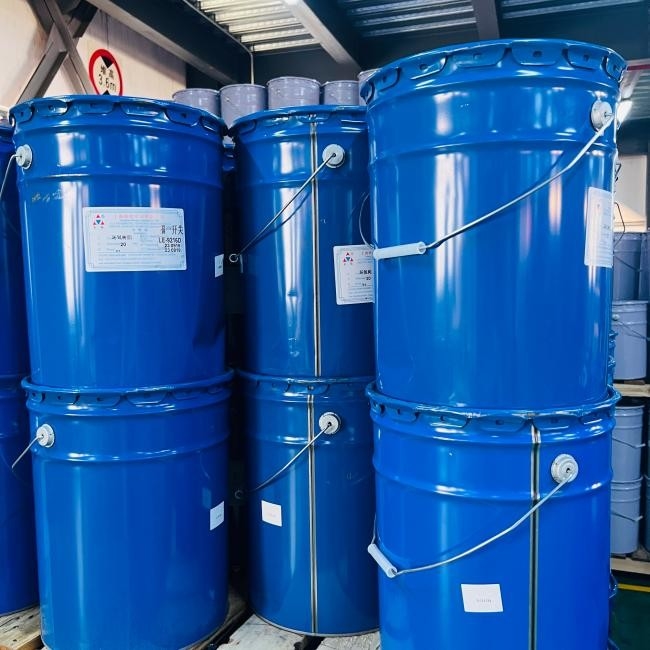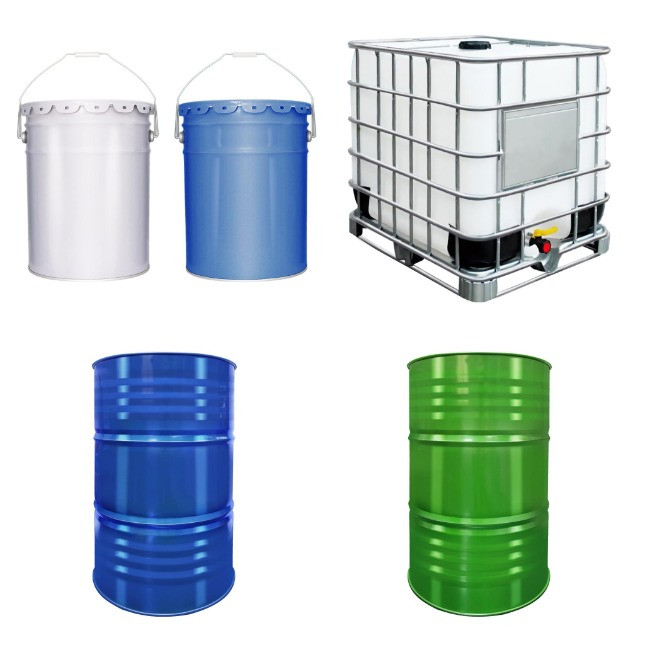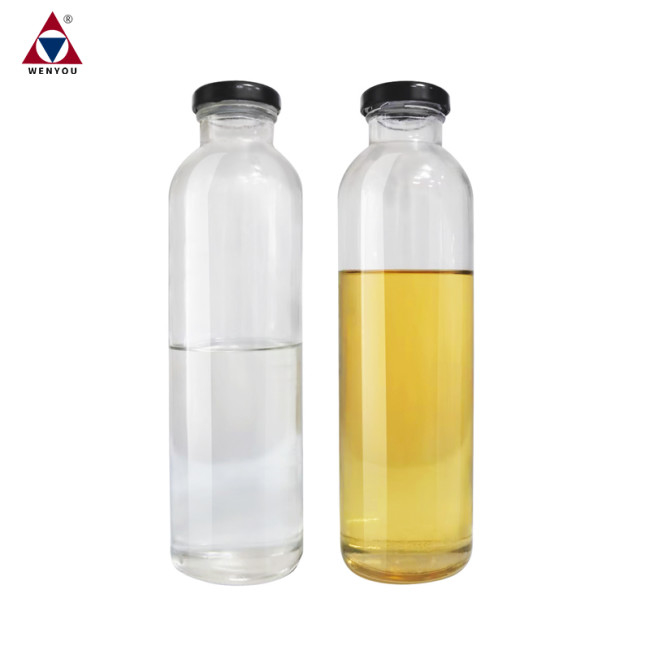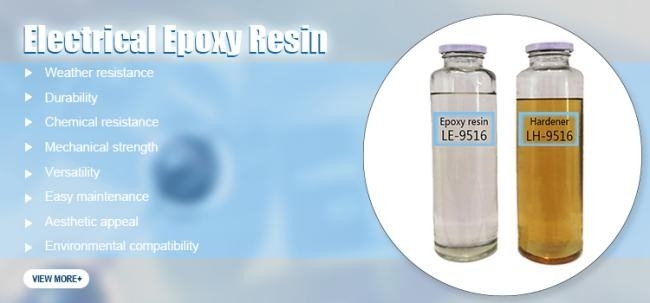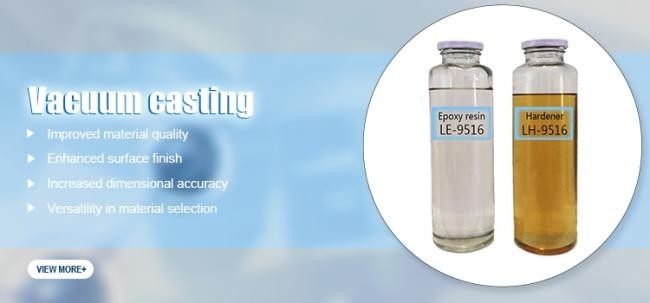Brief Introduction
LW-9228A/LW-9228B is a two-component indoor epoxy resin system with pre-mixed fillers.
LW-9228A is a bisphenol A type epoxy resin component, and LW-9228B is an anhydride-type curing agent.
Low-Viscosity Epoxy Resin for Voltage Transformers, Ensuring Precise Encapsulation and Superior Protection
Applications
Indoor electrical insulators for medium and high voltage applications, such as 12-40.5kV insulation components, transformers, current transformers, dry-type transformers, and other insulation products.
Processing Methods
Conventional gravity casting process under vacuum.
Automatic pressure gelation process (APG).
Production process is adjustable according to client’s present production methods.
Properties
Excellent UV resistance, excellent resistance to thermal shock, and superior mechanical and dielectric properties.
Formulation
| Epoxy resin |
LW-9228A |
100 pbw |
| Hardener |
LW-9228B |
100 pbw |
| Color paste |
LC series * |
3 pbw |
Advantage

Package Image

Shipment image

Example application image

Low-Viscosity Epoxy Resin for Voltage Transformers, Ensuring Precise Encapsulation and Superior Protection
The encapsulation of voltage transformers is a critical process that requires a material with excellent flow properties to ensure complete and precise coverage of all components. Low-viscosity epoxy resin meets this requirement perfectly.
Low-viscosity epoxy resin has a lower viscosity compared to traditional epoxy resins. This means it can flow more easily and penetrate into even the smallest gaps and crevices within the transformer. When encapsulating the windings and core of a voltage transformer, the low-viscosity epoxy resin can ensure that every part is fully coated, leaving no voids or areas of incomplete coverage.
In the case of complex transformer designs with intricate winding configurations, the ability of low-viscosity epoxy resin to flow around the coils and into tight spaces is particularly valuable. It provides a uniform and seamless protective layer, which is essential for enhancing the electrical insulation and mechanical protection of the transformer.
This precise encapsulation also contributes to better heat dissipation. Since the epoxy resin can evenly coat all components, it improves the thermal conductivity between the heat - generating parts of the transformer (such as the windings) and the surrounding environment. This helps in maintaining a more stable operating temperature, reducing the risk of overheating and subsequent performance degradation.
Furthermore, the low-viscosity epoxy resin adheres well to various surfaces, including the metal parts of the transformer. This strong adhesion ensures that the protective layer remains intact even under mechanical stress and vibration, which are common during the operation and transportation of voltage transformers.
In summary, low-viscosity epoxy resin is a key material for ensuring the superior protection of voltage transformers through precise encapsulation. Its unique flow properties enable it to provide comprehensive coverage, enhance heat dissipation, and maintain a strong bond with the transformer components, resulting in more reliable and durable voltage transformers for use in power systems.

 Your message must be between 20-3,000 characters!
Your message must be between 20-3,000 characters! Please check your E-mail!
Please check your E-mail!  Your message must be between 20-3,000 characters!
Your message must be between 20-3,000 characters! Please check your E-mail!
Please check your E-mail! 
